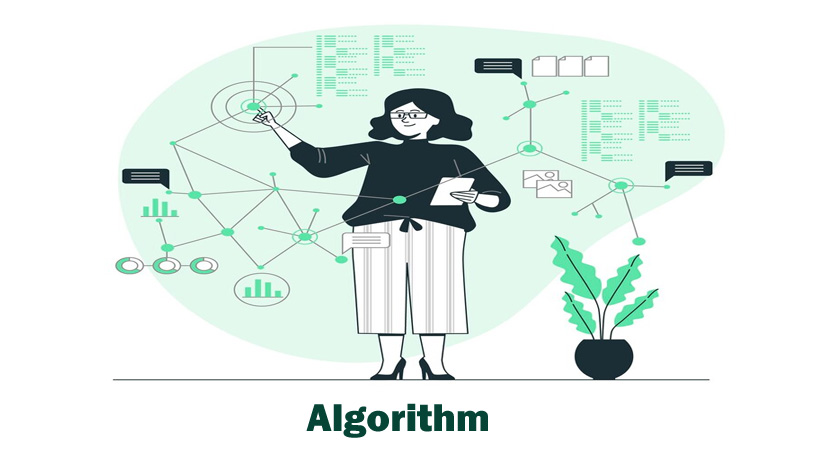The algorithm is a set of instructions that people follow in problem-solving operations or even mathematical calculations. It means it sets specific rules to obtain the expected output from the provided input. There are various uses of it in different fields, and it has various applications. This article will discuss a few of the crucial applications and their uses.
What are the Uses of Algorithm?
It plays a critical role in different fields. Let us look at some of the key areas where its uses are included:
- You can use this in operations research to help make critical resource allocation, logistics, and more decisions.
- We can use algorithms in data science, such as analyzing, processing, and getting insights from large amounts of data in healthcare, business, IT, and more.
- How can we forget the uses of computer science? It forms a basis of computer programming and solves problems from essential to complex tasks, such as machine learning and artificial intelligence.
Characteristics of Algorithm
Only the written instructions for programming are considered as an algorithm. It needs to follow specific characteristics or guidelines. Let us see what the essential characteristics of it are:
- The first and foremost factor is that it should be clear. Every step you follow to get the output should be clear and understandable and lead to only a single meaning.
- It should be practical, accessible, and essential. This can executed with the available resources. It does not consist of some future technology.
- All the instructions in the algorithm must be precise and quick to interpret—anyone who will refer to instructions should understand what it is saying.
Conclusion
The algorithm is a step-wise representation of a solution to a given problem. When you work on input and output, the solution to the problem is precise and easy to understand. It is crucial to solve complex problems effectively and efficiently.

